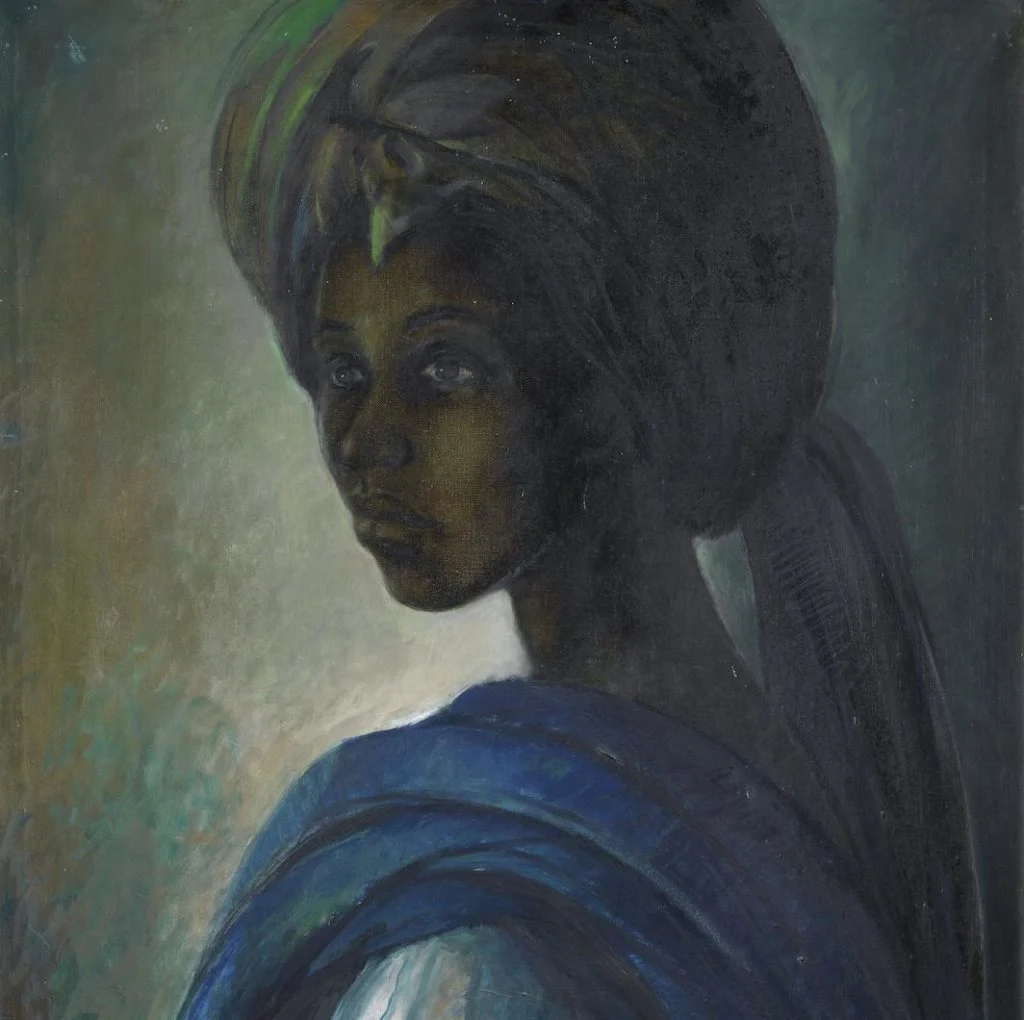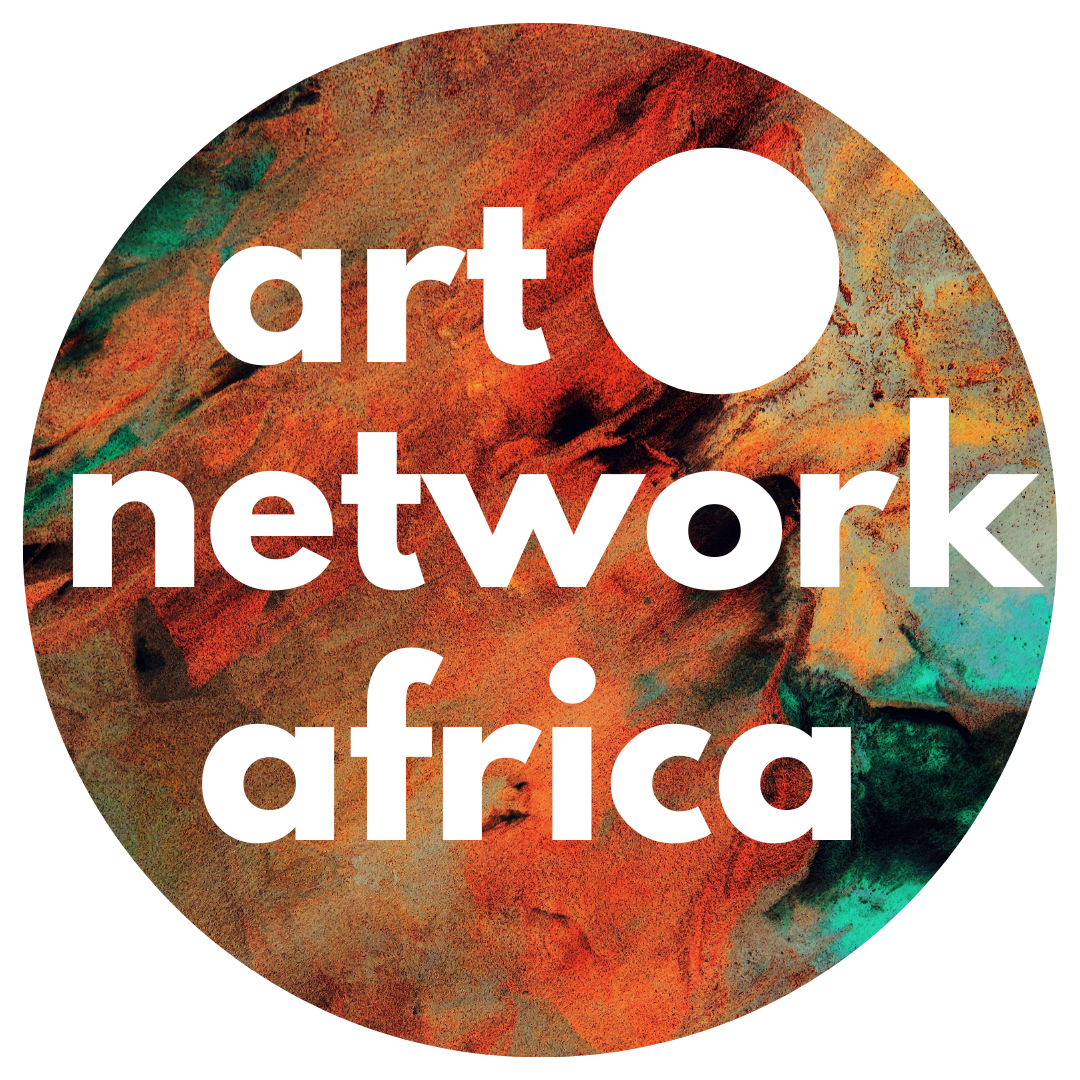The African art world is buzzing with excitement and transformation. From vibrant local markets to prestigious international auctions, African art has captured the imagination of collectors across the globe. Yet, as 2025 approaches, questions linger: What trends will define the future? How will collectors adapt to a fast-evolving landscape shaped by technology, globalization, and shifting tastes?
This moment feels pivotal. For seasoned collectors, it’s a chance to deepen their understanding and refine their portfolios. For newcomers, it’s an invitation to explore a world rich in cultural significance and creative brilliance. Whether you’re drawn to the timeless beauty Ben Enwonwu’s Tutu or the provocative narratives of contemporary artists like Zanele Muholi, there’s never been a more exciting time to engage with African art.
This article dives into the forces likely to shape African art in 2025, offering insights and predictions to guide collectors into this dynamic future.
The Globalization of African Art
African artists continue to command attention on the global stage. At auction houses like Sotheby’s and Bonhams, works by artists such as Ben Enwonwu, Yinka Shonibare and Njideka Akunyili Crosby have fetched record-breaking prices. For instance, in 2022, Enwonwu’s Tutu sold for $1.6 million, signaling the growing value of African modernist masterpieces.

Art fairs such as Art X Lagos and the 1-54. Contemporary African Art Fair have become crucial platforms for African art, attracting international collectors and curators. In 2025, we expect more cross-continental collaborations, as African galleries partner with institutions in Europe, the US, and Asia to showcase their artists on a larger scale. This trend will likely increase competition and elevate prices, making African art an even more prominent segment in the global art market.
Focus on Provenance and Authenticity
As the market matures, collectors are becoming increasingly concerned about authenticity and provenance, particularly given the rise in forgeries and misattributed works. A recent example is the debate surrounding fake Benin bronzes entering the market.
Technological advancements, including blockchain and AI-driven authentication tools, are expected to help address these challenges. Startups like Artory, which creates digital certificates of authenticity, are likely to collaborate with African galleries and auction houses by 2025. Collectors will benefit from transparent records, ensuring that their investments are not only aesthetically valuable but also secure.
New Collector Demographics
A younger generation of collectors is reshaping the market. In 2024, ART X Lagos saw a surge in millennial and Gen Z attendees, many of whom were first-time buyers. These new collectors prioritize works that resonate with their personal experiences or reflect social and political narratives. For example, works by artists like Zanele Muholi, whose photography explores themes of identity and queerness in Africa, have attracted socially conscious collectors. The democratization of art through online platforms also allows younger buyers to start small, focusing on prints or works by emerging artists before moving to high-value pieces.
The Digital Revolution
Digital platforms have revolutionized the art world, and African art is no exception. Online galleries and marketplaces like Artsy and Artnet Artnet have made works by African artists accessible to collectors worldwide. Social media remains a powerful tool for discovering talent. Artists such as Amoako Boafo and Joy Labinjo gained significant attention via Instagram before establishing themselves internationally. In 2025, the digital landscape will likely expand further, with blockchain technology playing a critical role in establishing provenance and ownership. We also anticipate a steady growth in African-themed NFTs, blending traditional aesthetics with futuristic technology.


Sustainability and Ethical Collecting
The push for sustainability and ethical practices is shaping many industries, including art. African art collectors are increasingly aware of the importance of sourcing works ethically, ensuring fair compensation for artists and avoiding looted artifacts.
The recent restitution of artifacts, such as the Benin bronzes from European museums, has also influenced collecting behavior. Institutions like the Benin Royal Museum, set to open in Nigeria, will likely promote a more ethical approach to engaging with African cultural heritage. Collectors in 2025 are expected to prioritize works from living artists or ethically repatriated pieces, aligning their purchases with sustainable and socially responsible practices.
Predictions for the Market
As demand for African art grows, so will its value. Modernist icons like Irma Stern and Gerard Sekoto will remain staples for traditional collectors, but we anticipate a rise in interest in contemporary artists experimenting with mixed media and installation art. Artists like Ibrahim Mahama, whose monumental installations comment on globalization and labor, are set to become market leaders.

Additionally, regional diversity within Africa will become more pronounced. While Nigeria and South Africa currently dominate the market, collectors are beginning to explore artists from East Africa, such as Kenyan artist, Michael Armitage and North Africa, such as Moroccan artist, Hassan Hajjaj. In 2025, we expect more attention on lesser-known regions, further enriching the African art narrative.


In conclusion, the African art market is poised for transformative growth in 2025, driven by globalization, technological innovation, and evolving collector demographics. For collectors, this presents an exciting opportunity to diversify portfolios while supporting a vibrant and dynamic art scene. By embracing trends like digital transformation, ethical collecting, and provenance-focused practices, collectors can play a pivotal role in shaping the future of African art. As the market evolves, one thing remains clear: African art’s global ascent is only just beginning.


